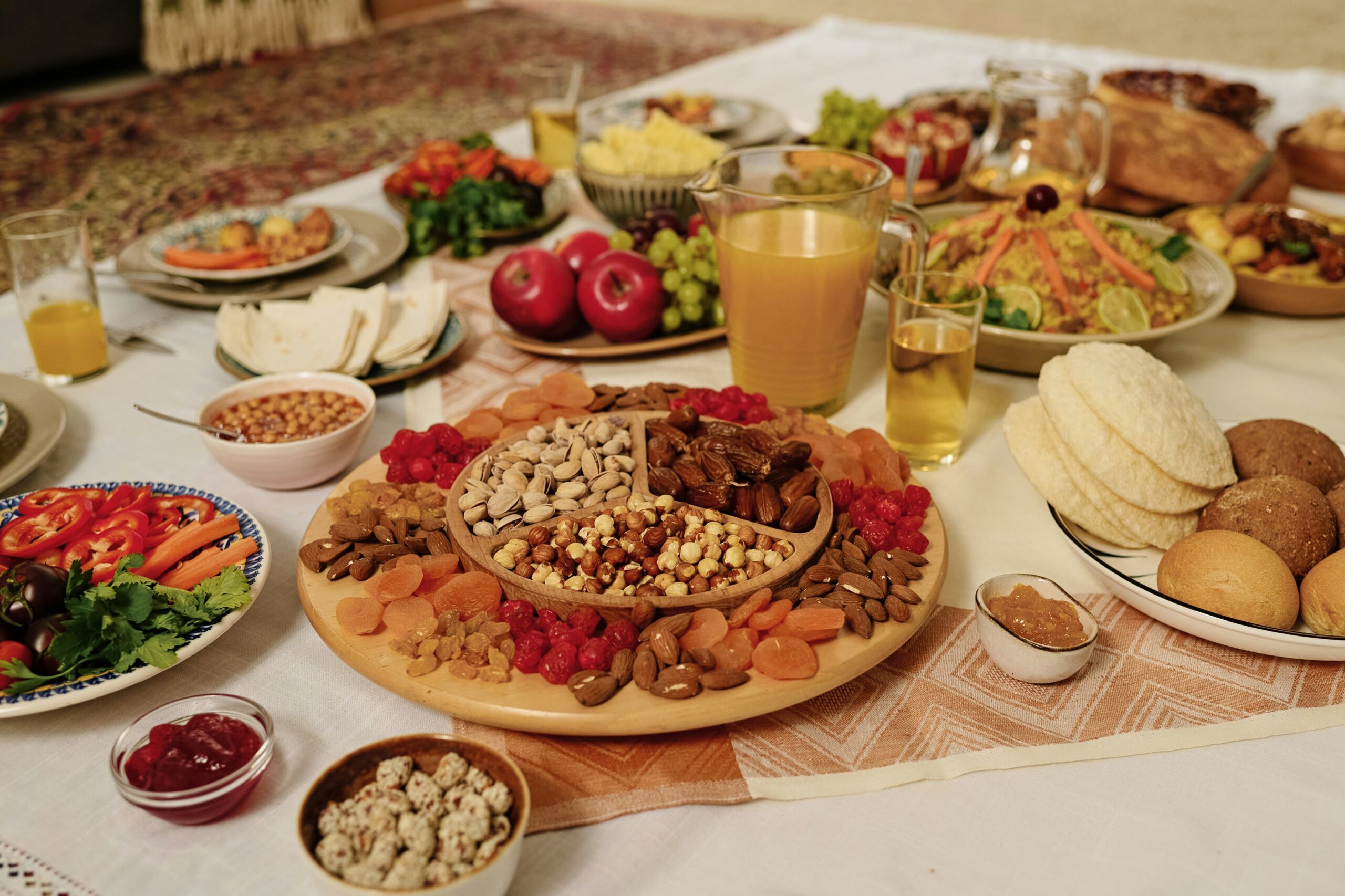Middle Eastern cuisine is a tapestry of flavors, colors, and aromas that have been woven together over centuries, creating a culinary experience like no other. This diverse cuisine is rich in history and tradition, offering a delightful array of dishes that reflect the region’s varied culture and geography.
Middle Eastern cuisine is renowned for its use of fragrant spices, fresh herbs, and bold ingredients that tantalize the senses. From the savory notes of cumin and coriander to the sweet undertones of cinnamon and cardamom, the flavors are as diverse as the region itself. To truly appreciate this cuisine, it’s essential to understand some of its key components and dishes.
Key Ingredients and Flavors
The foundation of Middle Eastern cuisine lies in its key ingredients. Olive oil, garlic, and lemon are staples, providing a fresh and vibrant base for many dishes. Grains such as bulgur and rice, along with legumes like chickpeas and lentils, offer hearty sustenance.
Meat is often grilled or roasted, with lamb and chicken being particularly popular. Vegetables play a crucial role, with eggplants, tomatoes, and peppers frequently appearing in various recipes.
Expert Insights
Chef Yotam Ottolenghi, a renowned Middle Eastern chef, emphasizes the importance of balance in this cuisine. He notes, “The key to Middle Eastern food is the harmonious blend of textures and flavors—the crunch of nuts, the creaminess of yogurt, the sweetness of dried fruits.”
Popular Dishes
Some iconic dishes include:
- Hummus: A creamy dip made from blended chickpeas, tahini, lemon juice, and garlic.
- Falafel: Deep-fried balls or patties made from ground chickpeas or fava beans, seasoned with herbs and spices.
- Tabbouleh: A refreshing salad of parsley, mint, tomatoes, and bulgur, dressed in lemon and olive oil.
- Shawarma: Thinly sliced meat, typically lamb or chicken, roasted on a rotating spit and served with pita and vegetables.
Cooking Techniques
Middle Eastern cooking techniques often involve slow cooking to develop rich flavors. Grilling is another popular method, imparting a smoky essence to meats and vegetables.
When making hummus at home, blend the tahini and lemon juice first to create a fluffier, creamier texture.
Nutritional Benefits
The Mediterranean diet, which includes many Middle Eastern dishes, is lauded for its health benefits. High in healthy fats, fiber, and antioxidants, it supports heart health and may reduce the risk of chronic diseases.
Exploring Further
For those eager to explore Middle Eastern cuisine, resources like Serious Eats offer a wealth of recipes and cooking tips. Additionally, cookbooks by authors such as Claudia Roden provide deeper insights into the culinary traditions of the region.
FAQs
What are the common spices used in Middle Eastern cuisine?
Common spices include cumin, coriander, cinnamon, cardamom, and sumac, each adding unique flavors to various dishes.
Is Middle Eastern food spicy?
While some dishes can be spicy, Middle Eastern cuisine generally focuses more on aromatic and flavorful spices rather than heat.
Conclusion
Exploring the flavors of Middle Eastern cuisine is a journey into a world of rich traditions and delightful tastes. By incorporating these flavors into your cooking, you can enjoy a culinary adventure that is both satisfying and enriching. So, why not try adding a Middle Eastern dish to your next meal plan and experience the vibrant flavors for yourself?




Leave a Reply